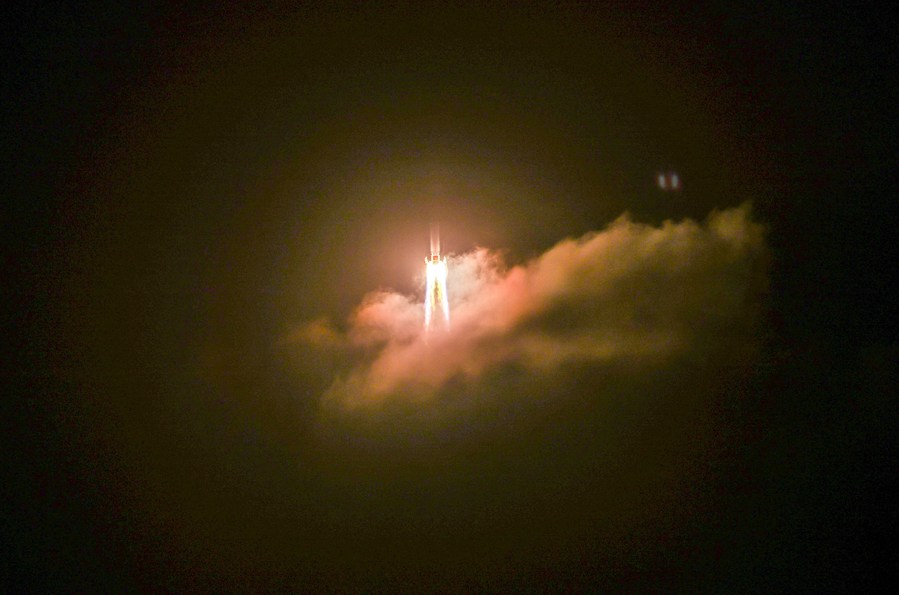I still do not understand the possible (1) reasoning behind developing two completely different models of super-heavy launch vehicles when one could simply scale down a CZ-9 or scale up a 921 for respective crewed and cargo missions. There is only a 5-year difference between the projected flights of the 921 and CZ-9 - going by the 2020 predictions of course - which makes it tough to justify having different engineering teams tackling two divergent projects.
It is likely that either key technologies of the CZ-9 are at a developmental bottleneck or that CNSA is still subconsciously thinking of (2) axing the entire project for financial, technological, or strategic reasons, hence the go-ahead with the much-safer but less-capable 921 LV.
1. It is not about cost or speed or technical maturity of either one. It is determined that a crew rated rocket has much higher safety margin than a pure cargo launcher. Therefor, developing a two-in-one will be too wasteful for the cargo purpose, and too high technical challenge for the crew transport purpose (if scaled up). The bottom line is that China does not want its crew to travel in a much larger cargo rocket.
The TLI payload of 25t is exactly just enough for the crew module and service module to the moon, no more. You can launch 25t carge to the moon as well, that is fine, but the 25t marking for the crew combo clearly demonstrated the Chinese thought,
a dedicated crew carrier.
A scale-down cargo carrier does not do the job that China want, TLI of at least 50t is the minimum in the plan. You may think 25+25=50 that can do a job of 30, but in reality 25+25=0 because the smallest single piece is 30.
The two teams are different. One team is experienced with CZ-5 derived tech for 921. The team on CZ-9 has nothing in common with the other team, totally new engine, new tank, new fuselage.
2. That line of thought is based on the assumption that the two are in a relation of "either or", but that was never ever the the case. It was always a "one plus one combo" from the beginning.
By now it is not only CNSA committed to CZ-9, but the state consul as well, it is not totally up to CNSA to change their mind.
And most importantly, 921 does NOT have an official designation yet, CZ-9 has got it more than a year ago. That clearly says a lot.

This publication has stated the projected work load of CZ-9, around 2030 4 to 5 launches, 2030-2035 10 launches, more frequently after 2050. If as you wanted, replacing CZ-9 with 921 would demand cutting cargo designed for CZ-9 in half, meaning redesign everything, doubling or tripling the launch frequency etc. That will certainly mess up all related space plans from 2030 to 2050 and beyond.
And last but
most importantly, it does not matter what we think is better, it is what China want in reality matters.

